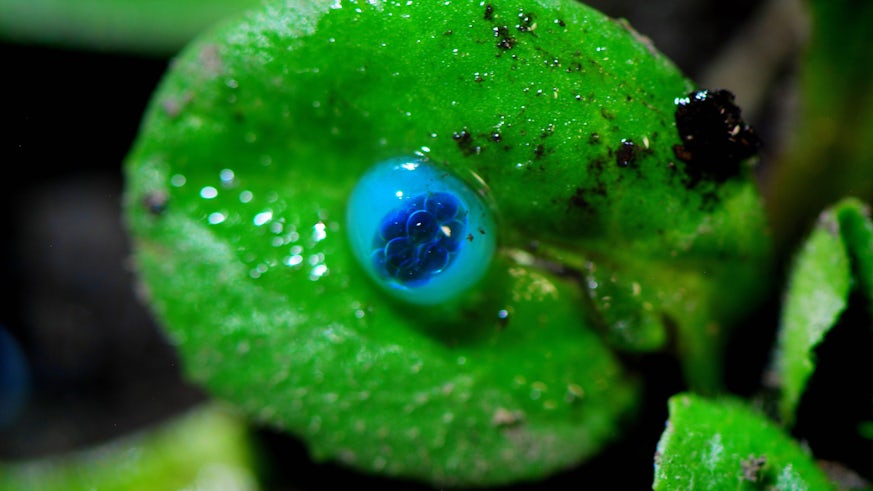New Cell-Like Materials Created From Water and Oil Droplets
20 January 2017

Researchers from Cardiff University have developed new materials using water and oil which could play a vital role in healthcare and diagnostics in the future.
Using the science of microfluidics, the technique manipulates tiny volumes of fluid to create a series of interconnected water droplets inside a small droplet of oil, itself encased within a gel-like, semi-permeable shell.
Detailed in the journal Angewandte Chemie, these new materials are inspired by biological cells and their development makes it possible to take previously fragile molecular membranes outside of the laboratory and interface them with the wider world.
The study’s senior author, Dr Oliver Castell explains, “Membrane based droplet networks, that have been predicted to find vital roles in future healthcare and diagnostic applications, have so far typically not fared well outside of well controlled laboratory conditions. But, by using microfluidics to surround these systems with a thin hydrogel shell, we are able to significantly stabilise the membrane networks, providing mechanical rigidity whilst maintaining environmental interaction”.
PhD student and primary author, Divesh Baxani goes on to say “These materials may ultimately be useful in a range of applications from smart diagnostics to drug delivery, to chemical synthesis and energy harvesting.”
The research team, comprising expertise across the disciplines of the life-sciences and engineering, working between the laboratories of Dr Castell and Prof. Barrow, are hopeful that such advances will increase our understanding of human health and disease and ultimately pave the way to better healthcare and diagnostics through a new generation of smart materials sculpted at the molecular level.
Baxani D. et al. ‘Bilayer Networks within a Hydrogel Shell: A Robust Chassis for Artificial Cells and a Platform for Membrane Studies’ Angewandte Chemie International Edition, Volume 55, Issue 46, November 7, 2016 Pages 14240–14245. (Open Access).
